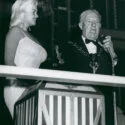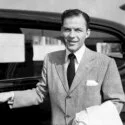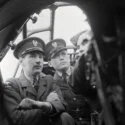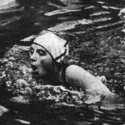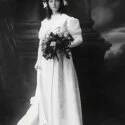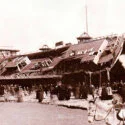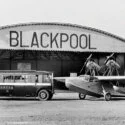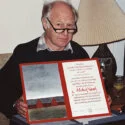On the evening of 4 January 1941, Amy Johnson CBE, one of Britain’s most celebrated aviators, spends time in Blackpool. She visits her sister Mollie, who lives on Newton Drive, a residential street not far from the town centre. Johnson has stayed with her sister before, and Blackpool serves as a familiar waypoint during her service with the Air Transport Auxiliary (ATA). Click here to see more information on her previous visits.
The following day she departs from RAF Squires Gate, now Blackpool Airport, piloting an Airspeed Oxford on a ferry flight from Prestwick to RAF Kidlington near Oxford. Weather conditions are poor, visibility is low, and it is suggested that her aircraft runs out of fuel en route.
Less than five hours after leaving Blackpool, a convoy in the Thames Estuary spots a parachute drifting down into the freezing waters. Naval personnel hear a woman calling for help, her voice described as clearly female. Those on board recall her shouting that she is Amy Johnson, pleading for assistance and warning that the water is unbearably cold. Ropes are thrown, but in the struggle she cannot grasp them. Attempts to reverse the ship’s engines, intended to aid the rescue, instead draw her towards the propellers.
Reports from witnesses suggest the possibility of a second body in the water. Lieutenant Commander Walter Fletcher, captain of HMS Haslemere, dives in to attempt a rescue himself. The lifeboat reaches him, but he is already unconscious. Suffering from hypothermia, he later dies in hospital. Amy Johnson’s body is never recovered, though her watertight flying bag, logbook and cheque book are found near the site of the crash.
Her final hours thus link back to Blackpool, where she had spent the evening before her fatal flight. In a town long associated with aviation, from Squires Gate’s wartime role to its later life as Blackpool Airport, her last departure stands as both a local and national memory — the closing chapter in the life of one of Britain’s pioneering airwomen.
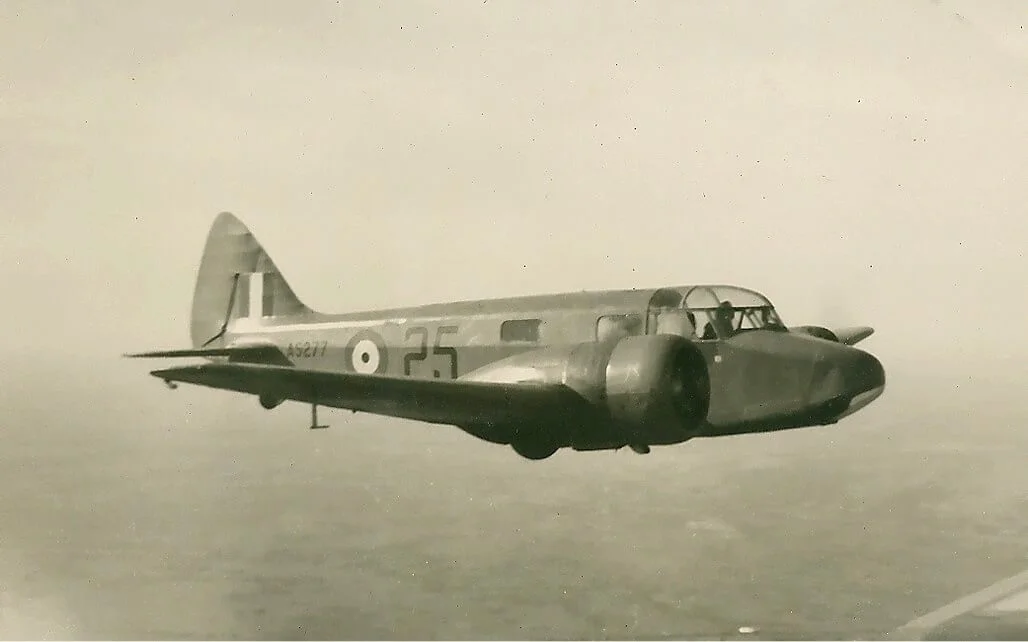
This is the Airspeed AS-10 Oxford II, the same model that Johnson flew on 5 January 1941. Photo © Alan Brown
The mystery of Amy Johnson’s final flight continues long after her disappearance. In 1999 new claims emerge suggesting that her death may not have been caused solely by bad weather or fuel shortage, but by friendly fire. Tom Mitchell, a gunner from Crowborough in Sussex, recalls how his unit sighted Johnson’s aircraft over the Thames Estuary. Radio contact was made and the pilot was asked to provide the correct identification signal. Twice she gives the wrong code. Mitchell explains that sixteen rounds are fired and the aircraft dives into the water. He remembers believing it to be an enemy plane, only to read the next day that the pilot was Amy Johnson. According to Mitchell, officers order the men never to repeat what had happened.
Officially, her death remains unresolved. Lieutenant Commander Walter Fletcher, who had tried to save her in the freezing estuary, is posthumously awarded the Albert Medal in May 1941 for his bravery. Other accounts continue to circulate. In 2016 historian Alec Gill reports that the son of a ship’s crew member claimed Johnson perished when she was drawn into the vessel’s propellers during the attempted rescue. The crewman did not see it directly but believed it to be the truth.
Because her body is never recovered, Amy Johnson, serving with the Air Transport Auxiliary, has no known grave. She is commemorated by the Commonwealth War Graves Commission on the Air Forces Memorial at Runnymede, under the name Amy V. Johnson.
Her legacy endures not only through national remembrance but also through local efforts tied to Blackpool, the town she had left only hours before her fatal flight. At Hangar 42 on Blackpool Airport, a team of volunteers work to restore an Airspeed Oxford — the same type of aircraft she flew that day. Funded entirely by private donations, the project is dedicated to her memory and ensures that her connection to Blackpool, and to British aviation history, continues to be honoured.
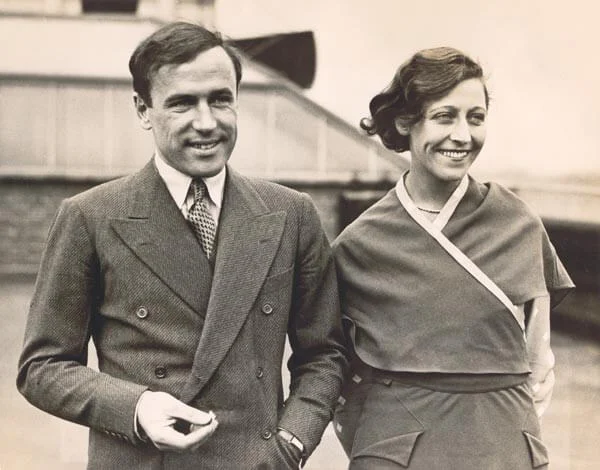
Amy Johnson and Jim Mollison were married on 29 July 1932. Image in Public Domain
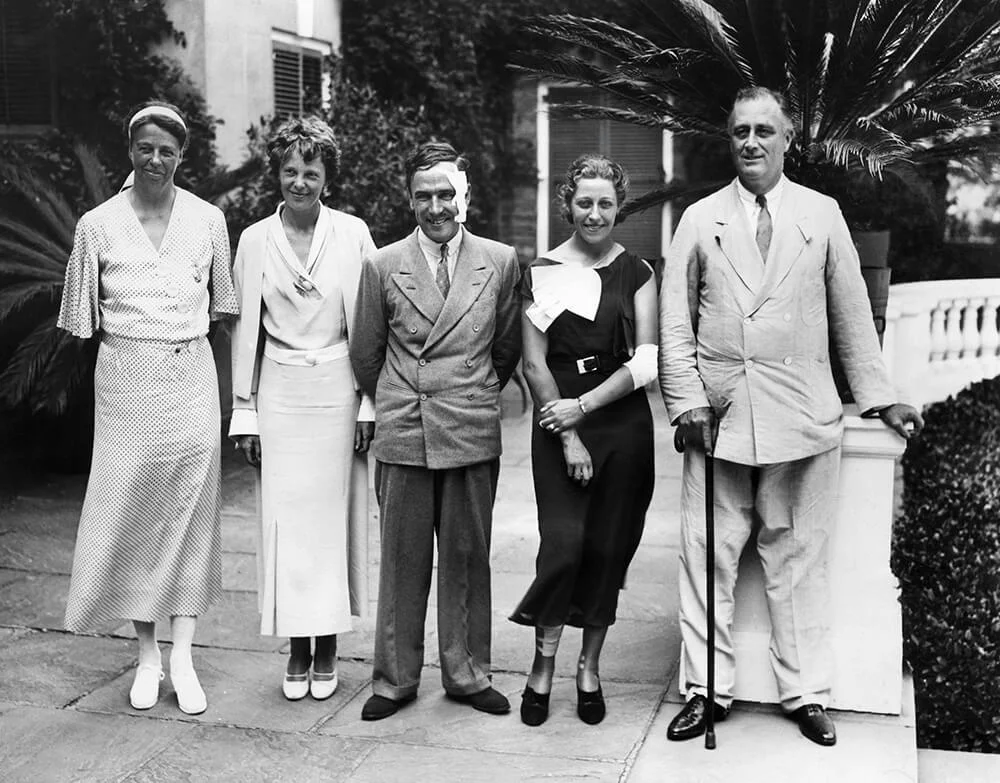
Amy Johnson and Jim Mollison met with President Franklin D. Roosevelt after their transatlantic flight in July 1933. They were entertained to lunch by the President following their flight. Amy Johnson and Jim Mollison were also given a ticker-tape parade in New York, one of only 17 such parades in the US during the decade. L-R: First Lady Eleanor Roosevelt, Amelia Earhart, Scottish pilot Jim Mollison, his wife, pilot Amy Johnson, President Franklin. Photo: © Alamy / CSU Archives / Everett Collection
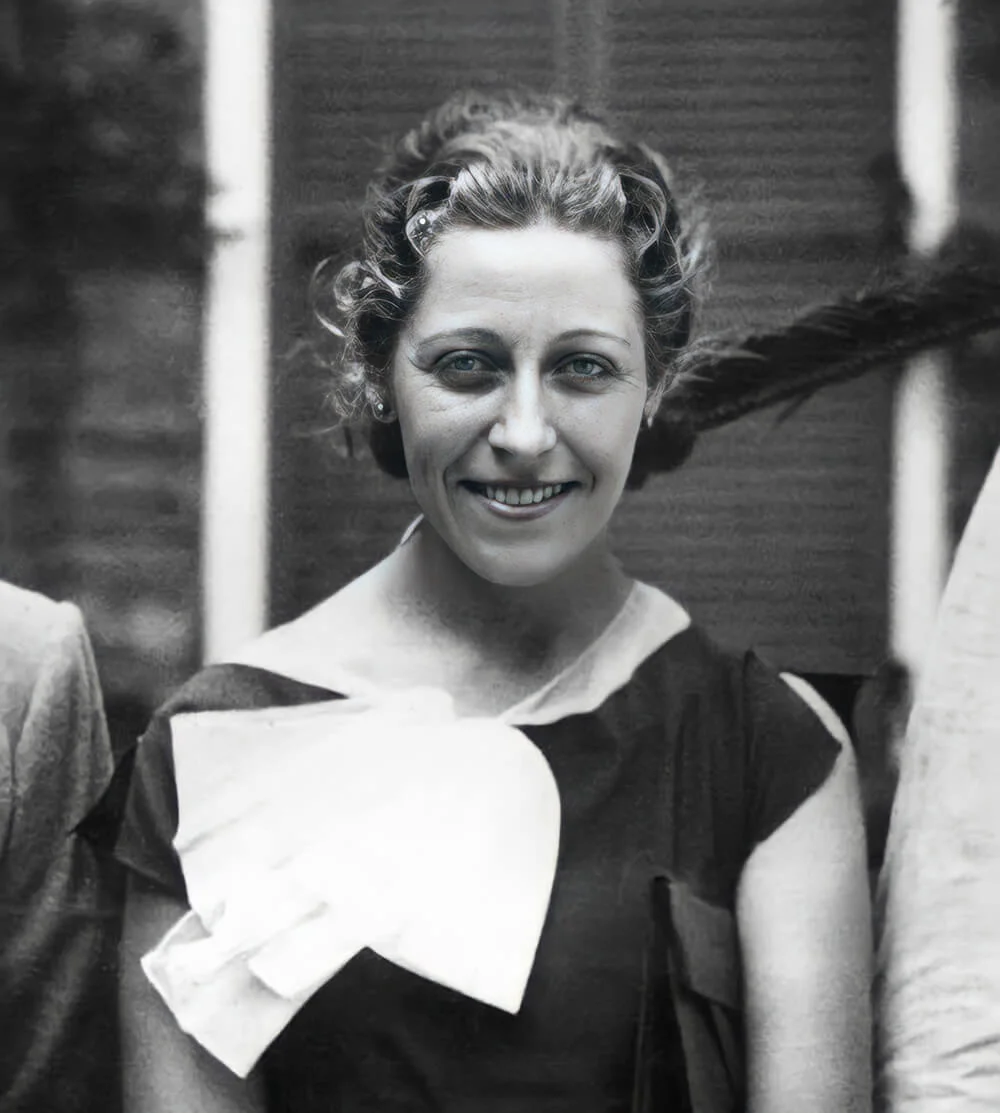
© Alamy


